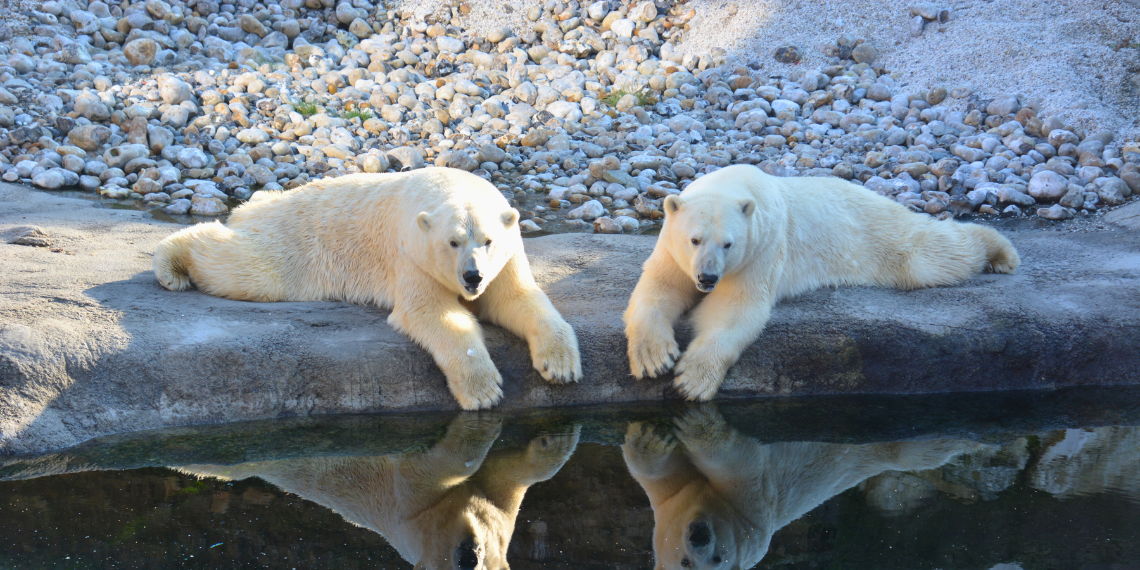Enhancing Animal Welfare in Captivity: Insights from the Itinerant Lives of Wild Animals

Zoos have long been treasured by the public, offering an up-close view of the world’s most incredible species. In addition to bringing joy to their human visitors, some zoos are also committed to conservation and host breeding programs for endangered species. But despite their best intentions, these programs aren’t always successful – especially when it comes to carnivores.
Behavioural biologist Dr. Georgia Mason in the Department of Integrative Biology and her research group are on a quest to understand why. Armed with data from over 50 species from the order Carnivora, they set out to investigate why some species are able to thrive in captivity, while others simply cannot adjust.
“This study is part of a long-term project running since the 1990s to understand welfare issues in carnivores,” explains Mason. “Our initial analyses found that annual home range size was a predictor of welfare problems in captivity, but subsequent studies suggested it’s not that simple. This is what we sought out to clarify.”
In a study published in the Royal Society of Open Science, the team found that animals with naturally itinerant lifestyles were more likely to experience welfare issues in captivity, leading to greater juvenile mortality and time spent pacing.
Itinerant species are characterized by small day ranges relative to their annual ranges, meaning they only use a fraction of their annual home range at a time before relocating. A polar bear for example uses less than 1 percent of its annual range each day. This semi-nomadic lifestyle involves animals making regular decisions about where to be and using their cognitive skills to adapt to new environments. This means that it's not actually the size of their natural home range that matters for welfare, but instead how they use it.
“One thing that surprised and also pleased me was that our results help to explain pandas. Pandas don’t have large ranges, but they still don’t do well in captivity; they’re quite prone to pacing, and famously terrible at reproducing.”
A panda’s natural lifestyle is surprisingly itinerant and demands constant decisions about where the next patch of optimal bamboo might be, even if it is only a short distance away. This helps explain why they’re so difficult to keep happy in zoos.
The study provides novel insights into the types of cognitive "enrichments" or enclosure designs that might improve these animals’ welfare. It also highlights types of animals that may fare better in captive settings, and can help zoos make strategic decisions about their conservation efforts.
“What species should we prioritize in triage? It should not only be species that are in trouble, but species that can thrive in captivity,” notes Mason.
This study was funded by an NSERC Discovery Grant.
Read the full study in the journal Royal Society Open Science.
Read about other CBS Research Highlights.